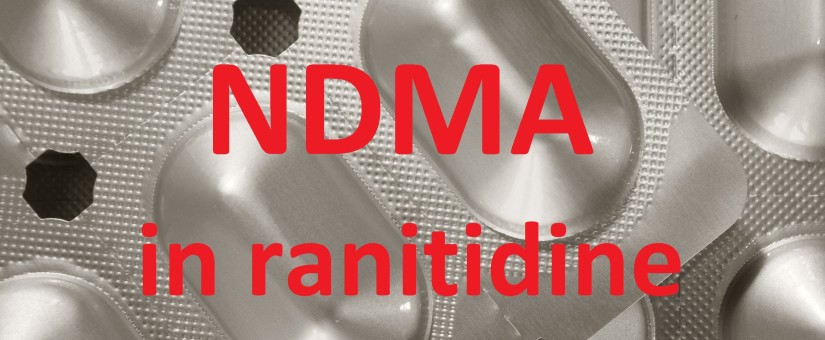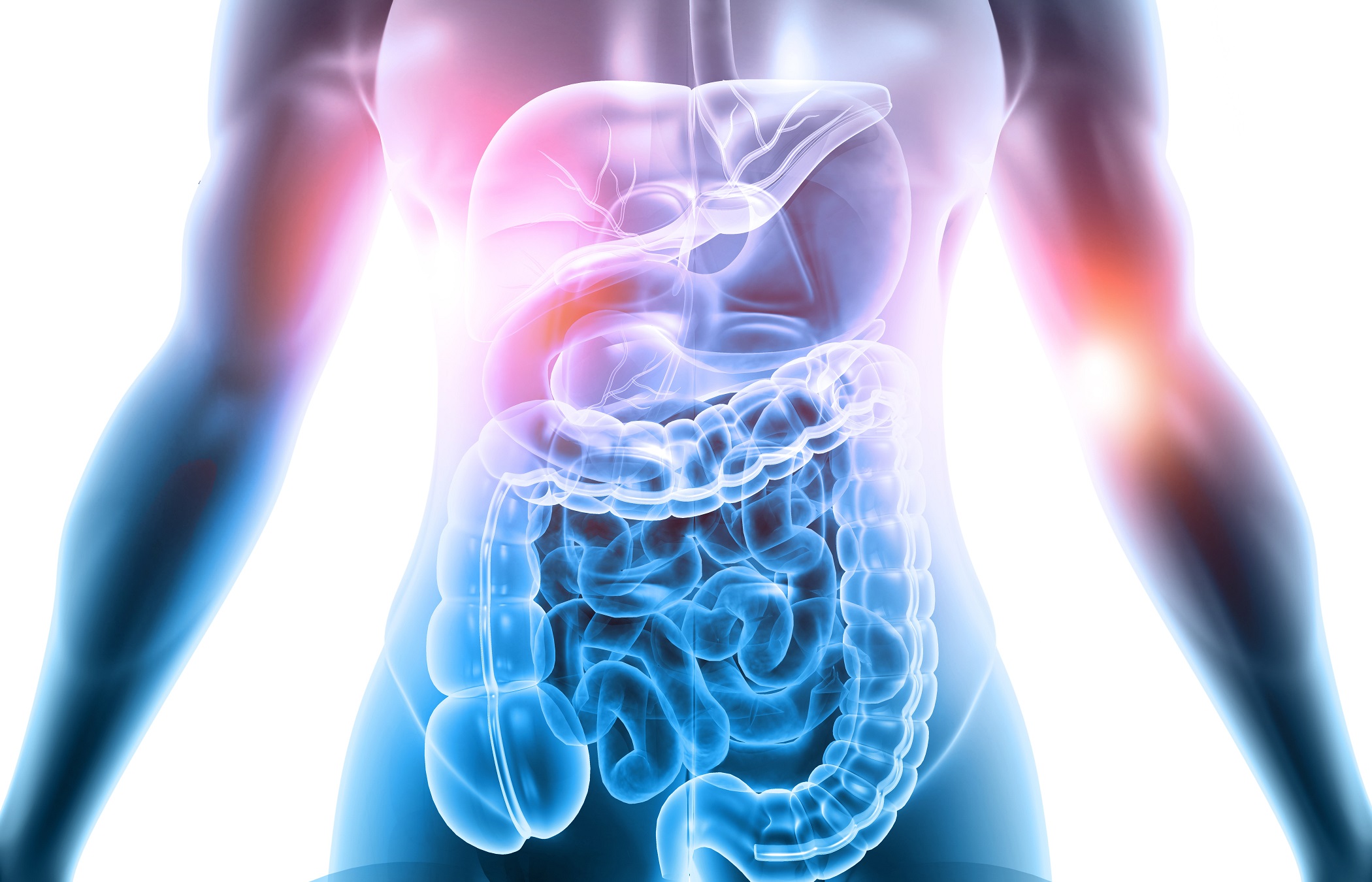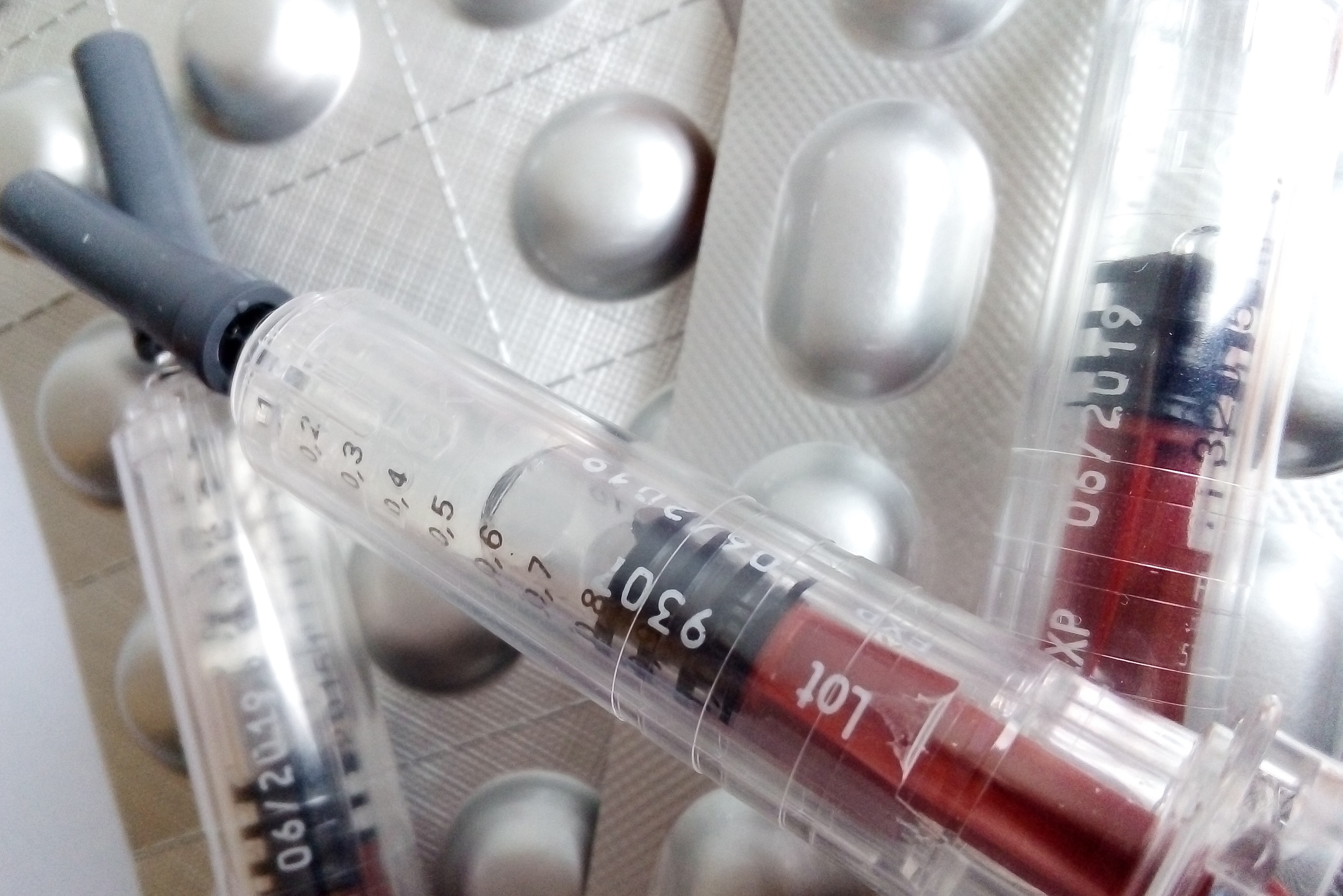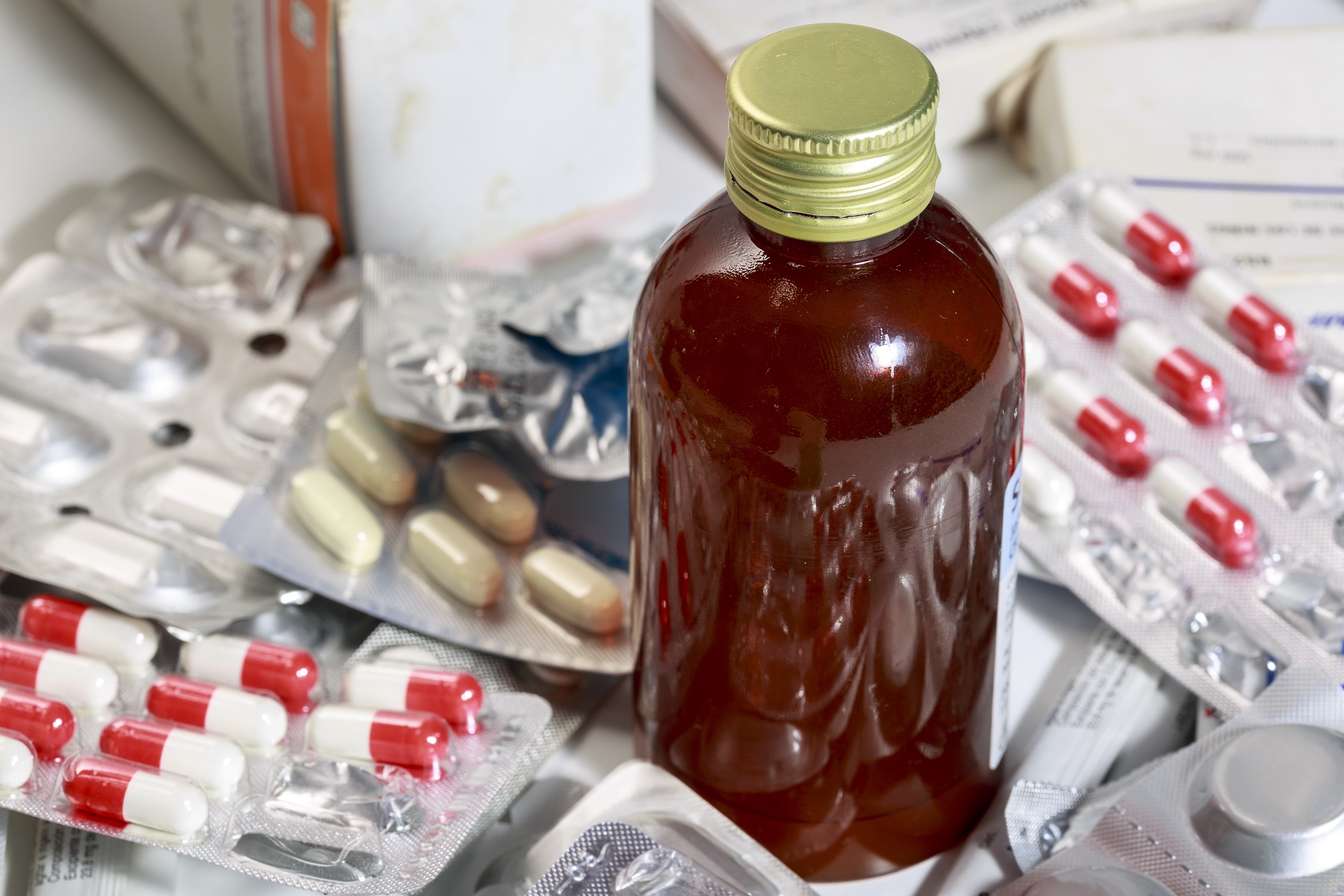
Review of widely used ranitidine medicines to treat conditions such as heartburn and stomach ulcers due to detection of impurity, N-nitrosodimethylamine (NDMA), a probable human carcinogen!
- 23 сентября 2019
- 4-(methyl)(nitroso)amino)butanoic acid, acceptable intake, active substance, AI, API, Article 31, benefit-risk balance, cancer, candesartan, carcinogen, CEP, cimetidine, detection, DIPNA, drug product, EC, EDQM, EIPNA, EMA, esomeprazole, European Commission, famotidine, FDA, finished product, HCl, heartburn, histamine receptors blocker, human, hydrochloride, ICH M7, impurity, irbesartan, lansoprazole, LC-MS, limit, losartan, MA, MAH, market, medicinal product, medicines, method, N-nitrosodiethylamine, N-nitrosodiisopropylamine, N-nitrosodimethylamine, N-nitrosoethylisopropylamine, NDEA, NDMA, Nexium, nitrosamine, nizatidine, NMBA, olmesartan, omeprazole, OTC, Pepcid, Prevacid, Prilosec, ranitidine, recall, referral procedure, review, root cause, sartans, specific ring structure, stomach, Tagamet, tetrazole, ulcers, USA, valsartan, withdrawal,

EMA is to start a review of ranitidine medicines after tests showed that some of these products contained an impurity called N-nitrosodimethylamine (NDMA) at levels which raise concerns according to the principles of the ICH M7 guideline.
The results on a limited sample of products showed that for the majority of both ranitidine APIs and finished products, NDMA was above the acceptable intake established during the referral procedure under Article 31 of Directive 2001/83/EC for sartans with tetrazole ring (considering the maximum daily dose authorized in the EU, and long-term use in 50 kg adult), please refer to the table below.
NDMA, NMBA
NDEA, DIPNA, EIPNA
Active substance
Maximum daily
dose [mg]
Acceptable Intake [ng/day]
Limit [ppm]
Acceptable Intake [ng/day]
Limit [ppm]
Candesartan
32
96.0
3.000
26.5
0.820
Irbesartan
300
96.0
0.320
26.5
0.088
Losartan
150
96.0
0.640
26.5
0.177
Olmesartan
40
96.0
2.400
26.5
0.663
Valsartan
320
96.0
0.300
26.5
0.082
NDMA – N-nitrosodimethylamine
NDEA – N-nitrosodiethylamine,
NMBA – 4-(methyl)(nitroso)amino)butanoic acid
DIPNA – N-nitrosodiisopropylamine
EIPNA – N-nitrosoethylisopropylamine

NDMA is classified as a probable human carcinogen (a substance that could cause cancer) on the basis of animal studies. It is present in some foods and in water supplies but is not expected to cause harm when ingested in very low levels.
NEW! URGENT! Update [02/10/2020] and [20/01/2021]
EMA’s human medicines committee (CHMP) has confirmed its recommendation to suspend all ranitidine medicines in the EU due to the presence of low levels of an impurity called N-nitrosodimethylamine (NDMA). This follows a re-examination of CHMP’s April 2020 opinion, which was requested by one of the companies marketing ranitidine medicines.

Following the re-examination, the CHMP has maintained the conditions for lifting the suspension of the medicines, including requirements for companies to provide more data on the possible formation of NDMA from ranitidine inside the body. The formation of NDMA in the body is expected to be very low following a single low dose of ranitidine given by injection or infusion (drip). Therefore, the CHMP slightly amended the conditions for lifting the suspension for those ranitidine medicines that are given by injection or infusion as a single, low dose.
The final CHMP opinion will now be forwarded to the European Commission, which will issue a final legally binding decision applicable in all EU Member States.
Scientific conclusions related to the procedure are presented in Annex II while Conditions for lifting the suspension of the marketing authorisation(s) in Annex III.
URGENT! Update [30/04/2020]
On 30 April 2020, European Medicines Agency (EMA) has informed the public that EMA’s human medicines committee (CHMP) has recommended the suspension of all ranitidine medicines in the EU due to the presence of low levels of an impurity called N-nitrosodimethylamine (NDMA).
Available safety data do not show that ranitidine increases the risk of cancer, and any possible risk is likely to be very low. However, as was mentioned above, NDMA has been found in several ranitidine medicines above levels considered acceptable, and there are unresolved questions about the source of the impurities.

Although the exact source of the impurity in ranitidine is yet to be determined, there is some evidence that NDMA may form from the degradation of ranitidine itself, even under normal storage conditions, with increasing levels seen over its shelf life. It is not clear whether NDMA can also be formed from ranitidine inside the body. Some studies suggest that it can while others do not. Given the uncertainties, the CHMP has recommended a precautionary suspension of these medicines in the EU.
Many ranitidine medicines have not been available in the EU for several months. This is because national authorities have recalled them as a precaution while the EMA review was ongoing.
EMA has also recommended conditions for lifting the suspension of ranitidine medicines, including requirements for companies to provide more data.
The review of ranitidine medicines was initiated on 12 September 2019 at the request of the European Commission, under Article 31 of Directive 2001/83/EC, to evaluate the relevance of the findings, the potential root causes and their impact on the benefit-risk balance of medicinal products containing ranitidine.
Ranitidine belongs to a class of medicines known as H2 (histamine-2) blockers, which work by blocking histamine receptors in the stomach and reducing the production of stomach acid.
It is used to treat and prevent conditions caused by excess acid in the stomach such as heartburn and stomach ulcers. Ranitidine-containing medicines are authorised by national authorities and are available as tablets, syrups and injectable formulations.
Ranitidine hydrochloride

The LC-MS method for the detection of NDMA in ranitidine drug substance and drug products published by FDA is available here.
This method should be validated by the user if the resulting data are used to support a required quality assessment of the API or drug product, or if the results are used in a regulatory submission.
Update [26/10/2019]
On 23 October 2019, the U.S. Food and Drug Administration is releasing a second liquid chromatography-mass spectrometry (LC- MS) method for manufacturers and regulators to detect and quantify NDMA in ranitidine. The agency is using this method to test potential NDMA-containing ranitidine samples. The second LC-MS method for NDMA in ranitidine uses a more widely available technology than the first posted method. The agency is sharing the second method to provide alternatives to firms wishing to test their drug products for NDMA.
Patients who have any questions about their current treatment can speak to their doctor or pharmacist. There are several other medicines used for the same conditions as ranitidine that could be used as an alternative.
It should be noted here that ranitidine is an over-the-counter (OTC) and prescription drug.


FDA
URGENT! Update [04/04/2020]
On 1 April 2020, the U.S. Food and Drug Administration has requested immediate withdrawal of all prescription and over-the-counter (OTC) ranitidine drugs from the market.
This is the latest step in an ongoing investigation of a contaminant known as N-Nitrosodimethylamine (NDMA) in ranitidine medications (commonly known by the brand name Zantac). The agency has determined that the impurity in some ranitidine products increases over time and when stored at higher than room temperatures and may result in consumer exposure to unacceptable levels of this impurity. As a result of this immediate market withdrawal request, ranitidine products will not be available for new or existing prescriptions or OTC use in the U.S.

New FDA testing and evaluation prompted by information from third-party laboratories confirmed that NDMA levels increase in ranitidine even under normal storage conditions, and NDMA has been found to increase significantly in samples stored at higher temperatures, including temperatures the product may be exposed to during distribution and handling by consumers. The testing also showed that the older a ranitidine product is, or the longer the length of time since it was manufactured, the greater the level of NDMA. These conditions may raise the level of NDMA in the ranitidine product above the acceptable daily intake limit.
The FDA is also advising consumers taking OTC ranitidine to stop taking any tablets or liquid they currently have. Patients taking prescription ranitidine should speak with their health care professional about other treatment options before stopping the medicine, as there are multiple drugs approved for the same or similar uses as ranitidine that do not carry the same risks from NDMA.
Update [26/10/2019]
On 23 October 2019, the U.S. Food and Drug Administration published Questions and Answers on NDMA impurities in ranitidine for more information.
Update [22/11/2019]

FDA continues to investigate the presence of the N-Nitrosodimethylamine (NDMA) impurity in ranitidine and is now aware of NDMA in nizatidine, which is chemically similar to ranitidine. FDA has identified NDMA in ranitidine and nizatidine active pharmaceutical ingredient (API) and finished drugs which included tablets and syrup. NDMA was present in all samples tested. Testing of ranitidine for injection is still ongoing.
On 1 November 2019, the U.S. Food and Drug Administration released its results of laboratory analysis of ranitidine and nizatidine products. FDA has determined the levels of NDMA in ranitidine and nizatidine in the ranges of 0.02 – 2.85 ppm and 0.04 – 0.11 ppm, respectively.
It is important to note that FDA has set the acceptable daily intake limit for NDMA at 96 nanograms or 0.32 ppm for ranitidine.
FDA also conducted tests that simulate what happens to ranitidine after it has been exposed to acid in the stomach with a normal diet and results of these tests indicate that NDMA is not formed through this process. Similarly, if ranitidine is exposed to a simulated small intestine environment, NDMA is not formed. However, FDA still must test the drugs in the human body to fully understand if ranitidine forms NDMA.

Consumers taking OTC ranitidine or nizatidine can consider using other OTC products approved for their condition. The FDA’s tests of samples of alternatives such as Pepcid (famotidine), Tagamet (cimetidine), Nexium (esomeprazole), Prevacid (lansoprazole) and Prilosec (omeprazole) show no NDMA impurities in the medicines to date (the data at 12 November 2019).
Patients taking prescription ranitidine or nizatidine should speak with their health care professional about other treatment options. There are multiple drugs approved for the same or similar uses as ranitidine and nizatidine.
Update [5/12/2019]

On 4 December 2019, the U.S. Food and Drug Administration announced that manufacturers of ranitidine and nizatidine products have been asked to expand their testing for NDMA to include all lots of the medication before making them available to consumers. If testing shows NDMA above the acceptable daily intake limit (96 nanograms per day or 0.32 parts per million for ranitidine), the manufacturer must inform the agency and should not release the lot for consumer use.
Even though it has been determined that ranitidine does not form NDMA in typical stomach conditions there is also some evidence that there may be a link between the presence of nitrites and the formation of NDMA in the body if ranitidine or nizatidine is also present. Because of this, consumers who wish to continue taking these drugs should consider limiting their intake of nitrite-containing foods, e.g. processed meats and preservatives like sodium nitrite.
Sources: EMA, EC, FDA
Updated: 2020-10-02
Related entries:





